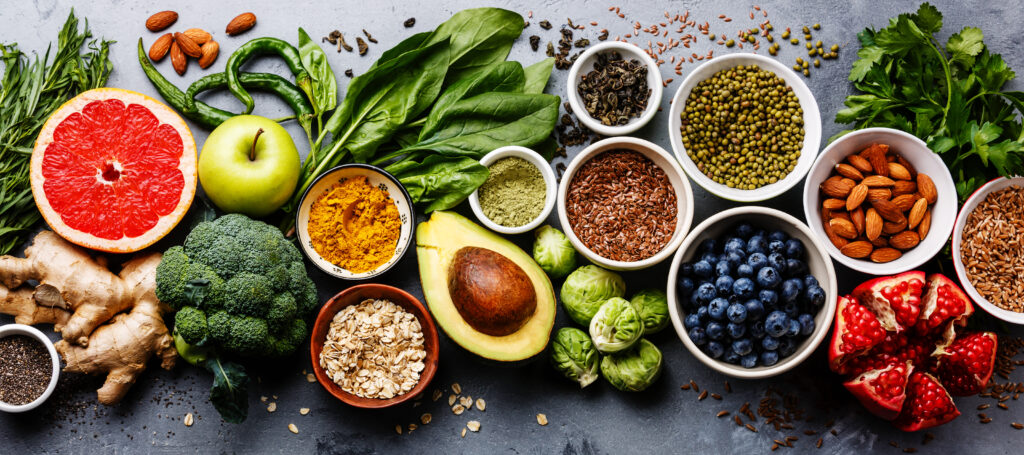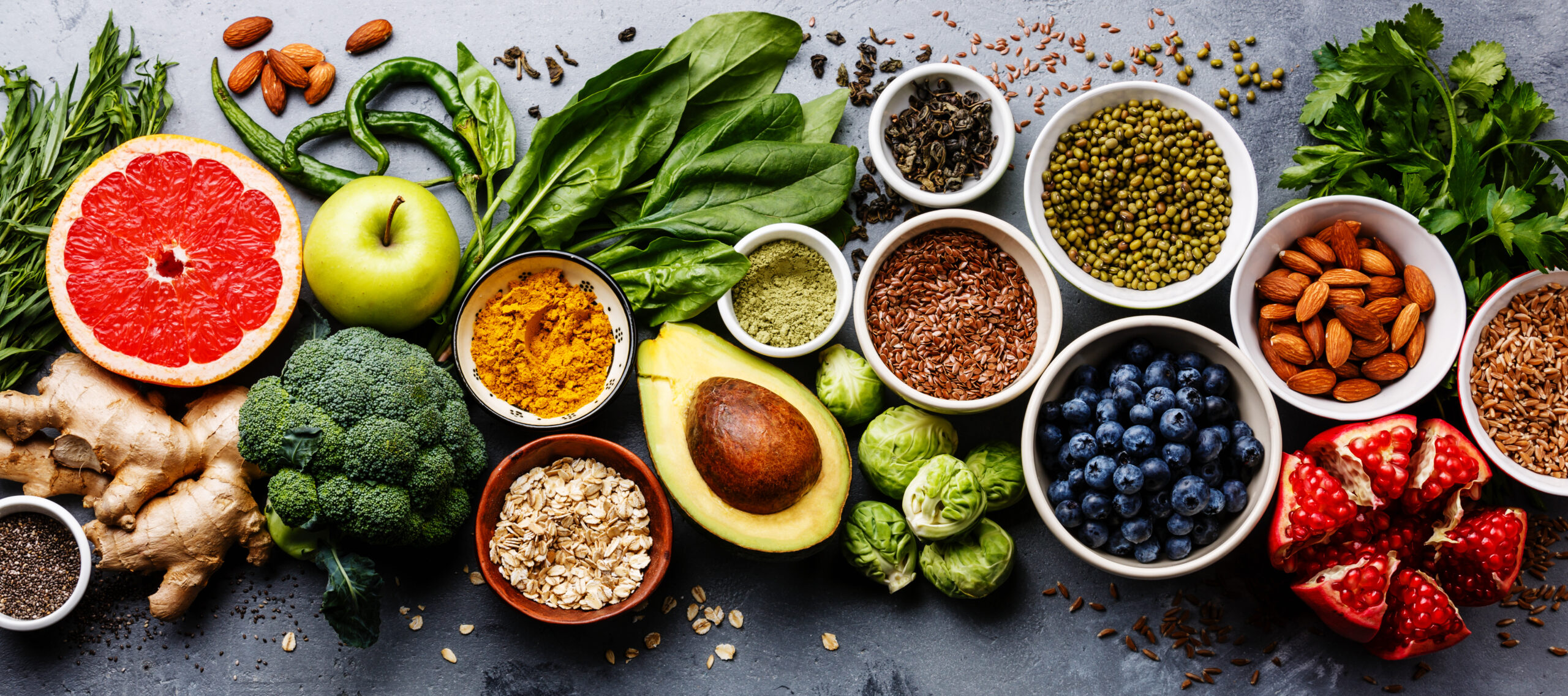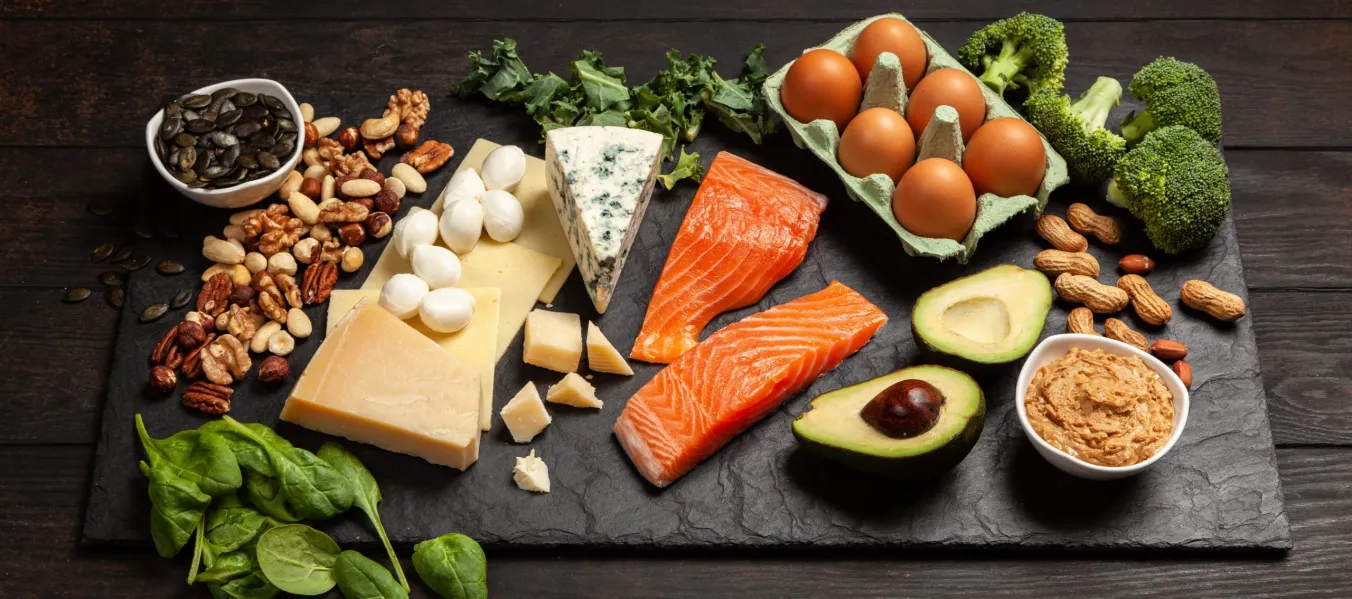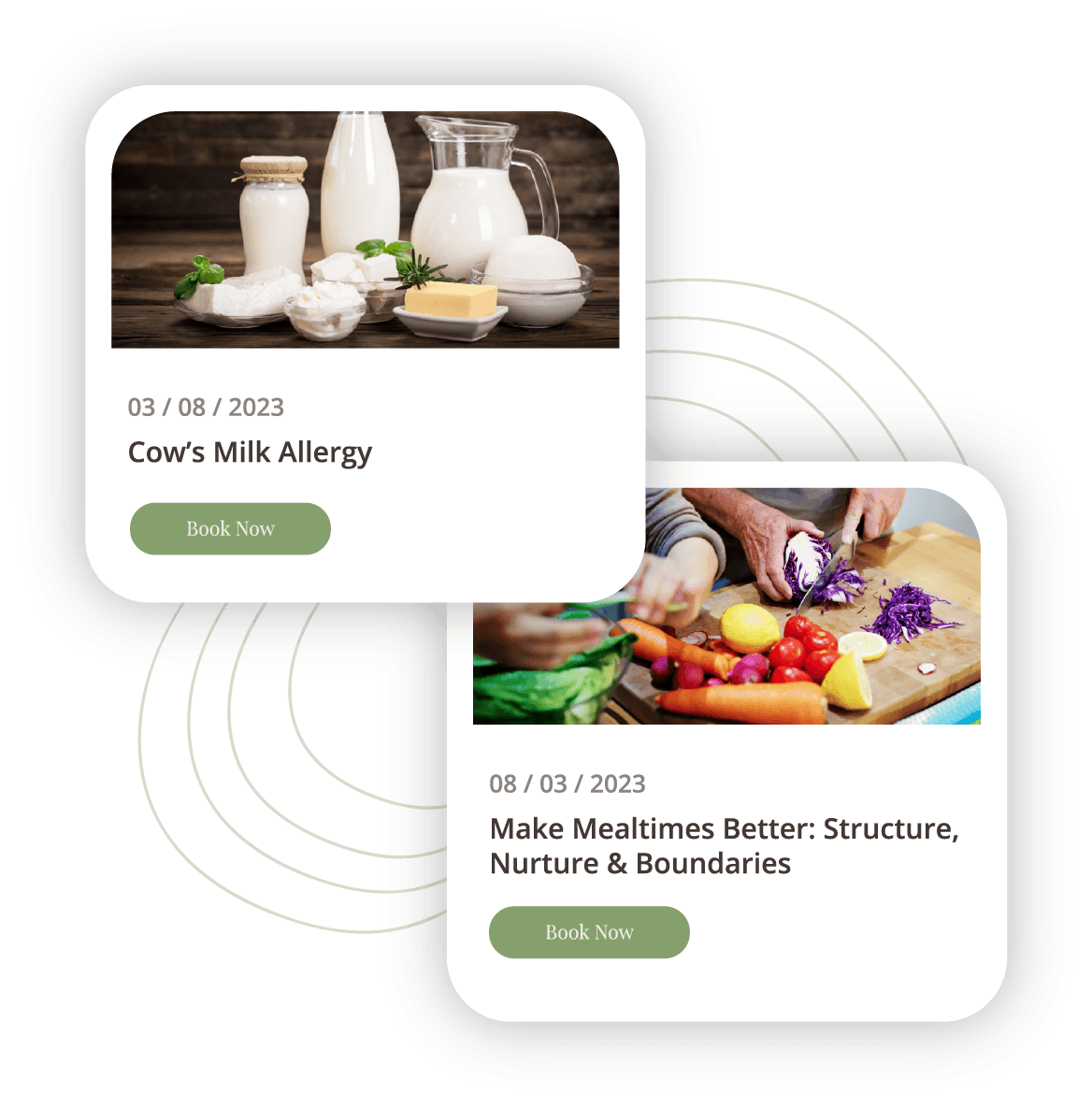Importantly, the gut microbiota thrives on a diverse diet, specifically from unprocessed plant foods such as wholegrains, pulses, vegetables and nuts & seeds which provide the optimum “diet” for beneficial microbes living in the large bowel such as bifidobacteria. Sugars provide energy and flavour in the diet, but with no other macronutrients, vitamins, minerals or fibres. It turns out that sugars are the preferred “diet” for the other less beneficial and opportunistic microbes, naturally present in the gut such as candida, clostridium and E.coli. When those bacteria are fed their preferred diet, they increase in number, eventually producing an out of balance microbiota called dysbiosis.
The term “balance diet” comes from the idea that foods need to be in balance for our bodies to be well and healthy. Too much sugar and not enough wholegrains leads to an out-of-balance microbiota, leading over time to poor gut integrity and inflammation. This is dysbiosis, where opportunistic bacteria thrive, gut integrity is compromised, with poor cell-to-cell junctions within the single-celled intestinal lining called the endothelium. This used to be called leaky-gut syndrome!
IBS-like symptoms, food sensitivity, immune activation and irregular or painful elimination with loose, explosive, hard or smelly stools are associated with dysbiosis, and with poor gut integrity, as well as other mechanisms. Close attention the a diverse diet, eating mindfully, and building a diverse and balanced diet all contribute to the health of our gut microbiota. Mindful eating is a simple tool to help us slow down and enjoy our eating; connecting with our sensory experience, and giving our bodies the chance to engage their digestive and neuro-biological capacities. A healthy and diverse microbiota will produce vitamins, hormones, neuro-chemicals and many other bio-active substances beneficial for health including immune, digestive, metabolic and mental health.
The microbiota is part of what gives the gut its second brain status, alongside the millions of nerve connections and the super nerve highway of the vagus nerve that connects the gut directly to the brain.











